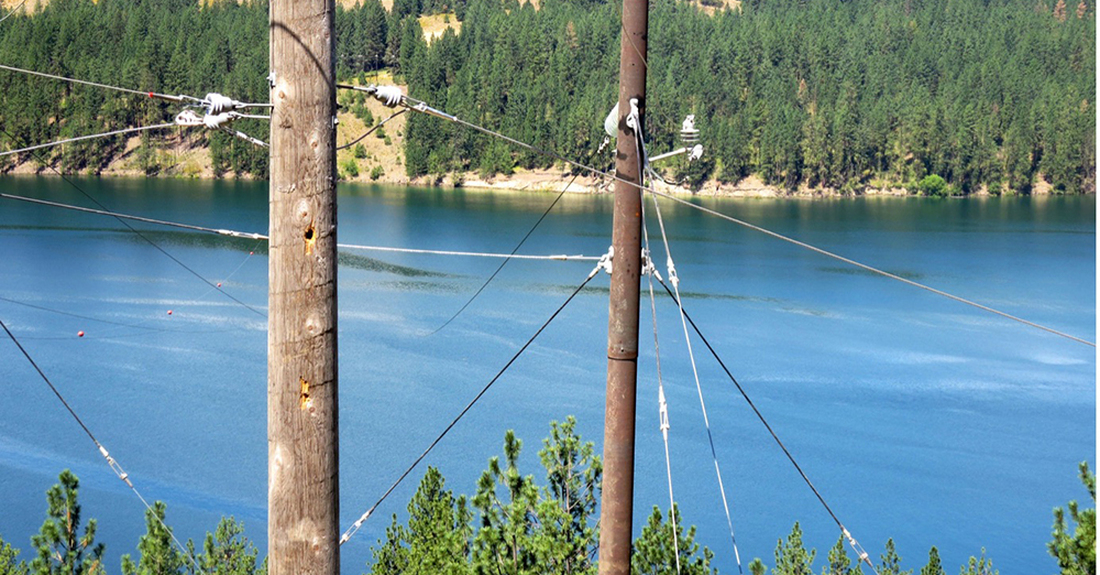
Utility poles transport electricity and enable communication over long distances. They carry power lines, telephone lines, and other vital electrical equipment that facilitate our daily living. Consequently, these poles play a pivotal role in urban development and technological advancement.
Choosing the right materials for utility poles is crucial for multiple reasons; the material type significantly influences the durability, maintenance, and cost-effectiveness of the poles. This brief guide to the different types of utility poles covers how wood, steel, concrete, and ductile iron poles perform.
Wood Poles
The oldest and most common type of utility pole, wood poles, have been the industry standard for over a century. Typically made from pressure-treated pine or cedar, these poles are easy to install and can typically last 15 to 30 years with proper maintenance.
However, wood poles are susceptible to damage from woodpeckers, insects, and weathering, which can lead to decay and eventual failure. As a result, they require regular inspections and, at times, replacement to ensure the safety and reliability of the infrastructure they support.
Steel Poles
Steel utility poles have become increasingly popular in recent years due to their strength, durability, and low maintenance requirements. Steel poles can also be more easily recycled than wood poles.
These poles are made from galvanized steel, which provides excellent resistance to corrosion and extends the poles’ service life. However, the corrosion resistance has limitations, meaning steel poles perform worse in some environments, such as near salt water.
Concrete Poles
Concrete utility poles are a strong and durable option that resists weathering, corrosion, and damage from insects and birds. They are often used in areas subject to harsh weather conditions, such as coastal regions and flood-prone areas, due to their resistance to extreme temperatures and moisture.
However, concrete poles have some limitations, including their weight, which can pose challenges during installation and transport. Additionally, they typically have a higher material cost than wood poles.
Ductile Iron Poles
Ductile iron poles offer numerous advantages over their wood, steel, and concrete counterparts. Ductile iron is a unique metal known for its strength, durability, and resistance to corrosion, wear, and fatigue. Utility pole manufacturers design them to outlast wood and steel—ductile iron poles can have a service life of over 75 years. While the initial investment can sometimes be higher than with other materials, ductile iron’s low maintenance requirements and long service life save money over time, making it a cost-effective option.
Ductile iron is much lighter than concrete, making it easier to transport and install, further improving efficiency. In short, ductile iron poles are more durable than wood and more cost-effective than steel or concrete.
As this brief guide to the different types of utility poles shows, wood, steel, concrete, and ductile iron each offer unique advantages and limitations in terms of durability, maintenance, and overall benefits. The best pole for a particular application depends on the location, the budget for installation and maintenance, and the voltage load. By understanding the differences between these utility pole materials, utility companies can select the ideal poles for their needs.

